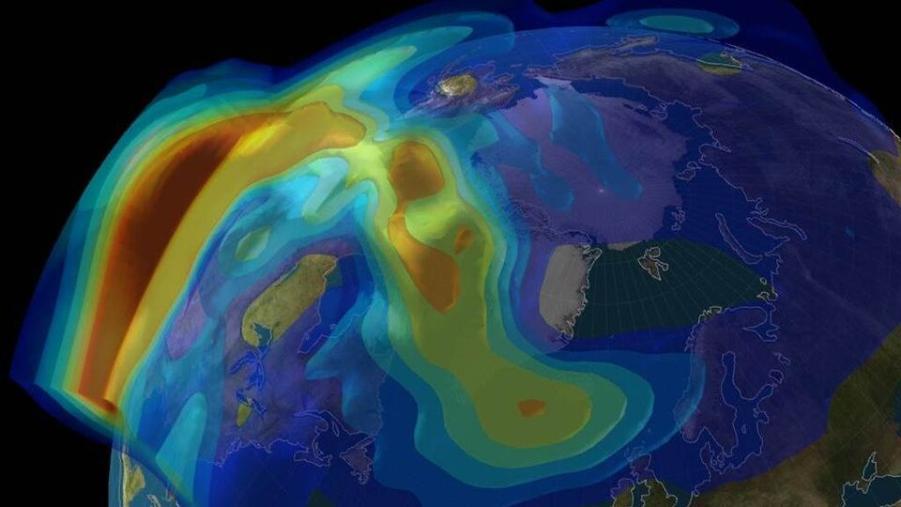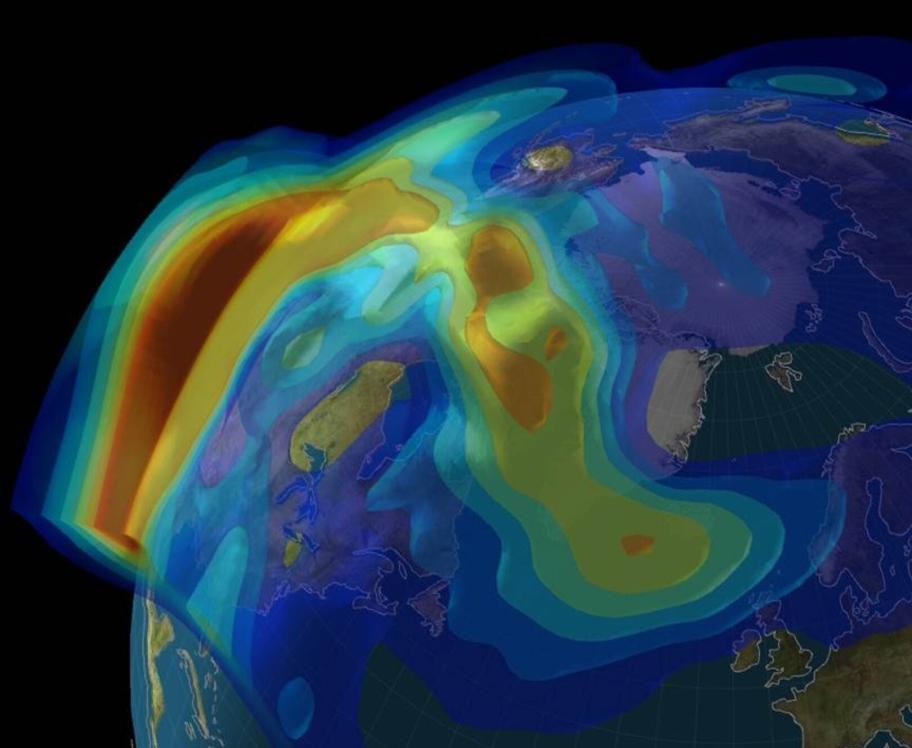How Can We Protect Satellites and Space Assets from Ionospheric Disturbances?
Satellites and other space assets are critical to modern society, providing essential services such as communications, navigation, and Earth observation. However, these assets are vulnerable to disruptions caused by ionospheric disturbances, which can have significant impacts on their performance and reliability.

Causes Of Ionospheric Disturbances
- Solar activity: Flares, coronal mass ejections, and solar wind can all cause disturbances in the ionosphere.
- Geomagnetic storms: These storms are caused by interactions between the solar wind and Earth's magnetic field.
- Natural phenomena: Lightning, earthquakes, and volcanic eruptions can also generate ionospheric disturbances.
- Human-made activities: Radio transmissions and high-altitude nuclear explosions can also disrupt the ionosphere.
Effects Of Ionospheric Disturbances On Satellites And Space Assets
- Disruption of radio communications: Ionospheric disturbances can cause radio signals to be refracted, absorbed, or reflected, leading to disruptions in communications between satellites and ground stations.
- Damage to satellite electronics: High-energy particles associated with ionospheric disturbances can damage satellite electronics, leading to malfunctions or even complete failure.
- Increased drag on satellites: Ionospheric disturbances can increase the drag on satellites, causing them to lose altitude and eventually re-enter Earth's atmosphere.
- Interference with GPS and other navigation systems: Ionospheric disturbances can interfere with GPS and other navigation systems, leading to errors in positioning and navigation.
- Impact on satellite-based Earth observation and remote sensing: Ionospheric disturbances can affect the accuracy and reliability of satellite-based Earth observation and remote sensing data.
Mitigation Strategies
- Satellite design and construction: Satellites can be designed and constructed to be more resistant to ionospheric disturbances. This can include shielding satellites from radiation, using radiation-hardened components, and employing adaptive antennas and signal processing techniques.
- Space weather monitoring and forecasting: Accurate and timely space weather forecasts can help satellite operators to take steps to protect their assets from ionospheric disturbances. This can include adjusting satellite operations or moving satellites to safer orbits.
- Contingency planning and response: Satellite operators should develop contingency plans for responding to ionospheric disturbances. This can include having backup systems and procedures in place to ensure continuity of service.
International Cooperation
International cooperation is essential for effective mitigation of ionospheric disturbances. This includes sharing space weather data and forecasts, coordinating satellite operations, and developing common standards and protocols.
Future Directions
Research is ongoing to develop new technologies and strategies for mitigating the effects of ionospheric disturbances on satellites and space assets. This includes developing new materials and components that are more resistant to radiation, improving space weather forecasting capabilities, and developing new satellite control and navigation techniques.
Protecting satellites and space assets from ionospheric disturbances is a critical challenge that requires a multi-faceted approach. This includes satellite design and construction, space weather monitoring and forecasting, contingency planning and response, and international cooperation. Continued investment in research and development is essential to ensure the continued safe and reliable operation of satellites and space assets.

YesNo

Leave a Reply